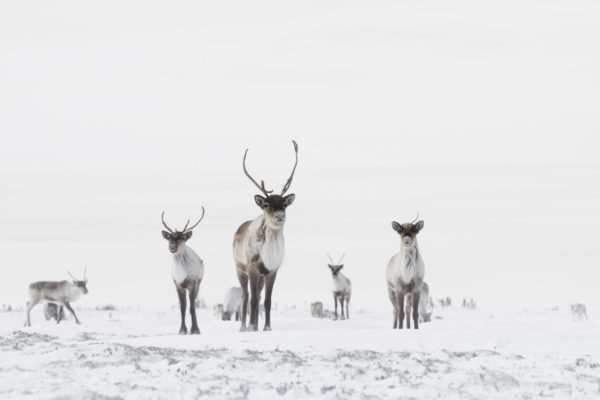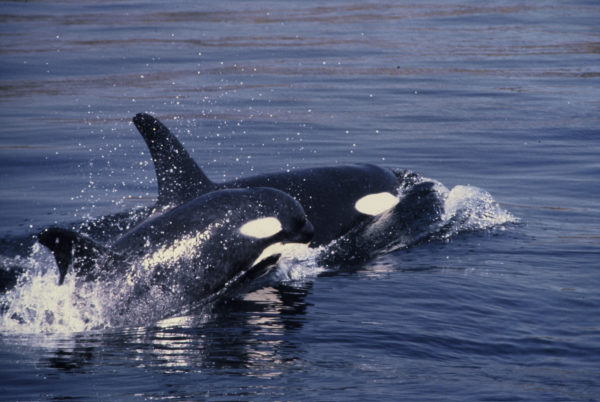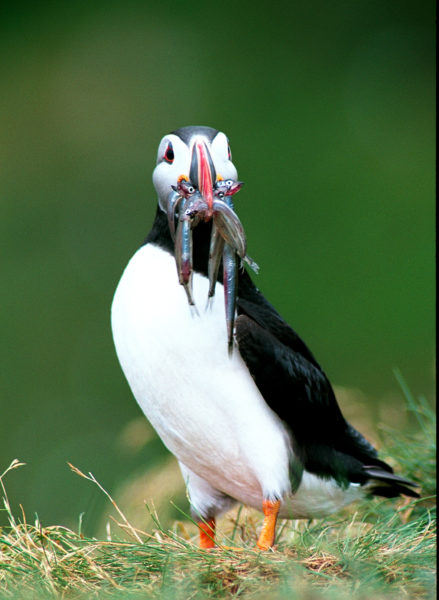Four things Canada can do to stop wildlife loss
Earth is losing biodiversity at a rate seen only during mass extinctions. But we can reverse that decline – if we act now.
So says a report from WWF, showing that global populations of vertebrate species have declined by 60 per cent on average in less than 50 years.
This global Living Planet Report is the 12th of its kind, each one documenting deepening wildlife losses and sounding the alarm about the devastating impacts of human development and consumption on wildlife, forests, oceans, rivers and climate.

Canadian wildlife are not exempt from this biodiversity crisis. WWF’s recent Living Planet Report Canada found that half of the wildlife species in Canada are declining, and of those, the decline is 83 per cent. Protected at-risk species haven’t shown signs of improvement either, the report finds.
Reversing the decline of wildlife requires immediate action from governments, businesses and individuals. Here’s how we can start heading in the right direction:
Make reversing wildlife loss a part of your day, every day.
- Speak up as a citizen and as a consumer – use your voice and choices to encourage businesses and governments to shift to sustainable policies and practices for wildlife, protected areas and climate change.
- Help wildlife where you live. Be a wildlifer.
- Calculate your personal consumption footprint, then work to reduce it.
- Be a champion for wildlife at work or on campus.
Governments should do everything in their power to protect our most vulnerable species.
To date, governments have hesitated to use many of the legal tools at their disposal under the Species at Risk Act – leading to deaths among especially vulnerable species like southern resident killer whales. WWF-Canada and other conservation groups have launched a lawsuit against federal ministers for failing to recommend an emergency order to protect these whales.

New protected areas should properly protect species.
New research has shown that protected areas can do so much more to safeguard the future of wildlife – if we prioritize creating them in the places where the highest number of at-risk species live. To best benefit biodiversity, Canada needs high-quality networks of protected areas that help the most wildlife.
Get on track with actions to stop climate change.
Canada is currently on a path for 3 C to 4 C warming, and recent regressive provincial climate change policy decisions are sending us in the wrong direction. Any overshoot of our 1.5 C target will be catastrophic for nature, wildlife and vulnerable communities. Among other things, WWF-Canada is asking governments to immediately transition fossil fuel subsidies to support habitat-friendly renewable energy development, update the Impact Assessment Act to ensure new developments are evaluated within a strict carbon budget, and focus on restoring and protecting forests, wetlands and seagrass meadows to create carbon sinks.
We have a lot of work to do, but there is reason for hope. Two important federal decisions will make a considerable difference for wildlife:
- Fish and other freshwater species habitat will be better protected in the new Fisheries Act (passed in the House of Commons this past June), which safeguards the flow of water essential for healthy freshwater systems and wildlife.
- Marine mammals, forage fish and other marine wildlife will be better protected once the recommendations from the National Advisory Panel on Marine Protected Area Standards are passed into law, as it brings Canada’s marine protected areas in line with international standards by, among other things, banning activities such as oil and gas development.

Decades of documented declines show us that we won’t see wildlife recovery unless we all make it a priority – in all facets of our lives. As a society, our decisions about land use, energy, fuel, pollution and consumption together determine which species get a fighting chance and which wildlife get left behind.
Let’s put the brakes on biodiversity loss, and stop this mass extinction before it happens.
